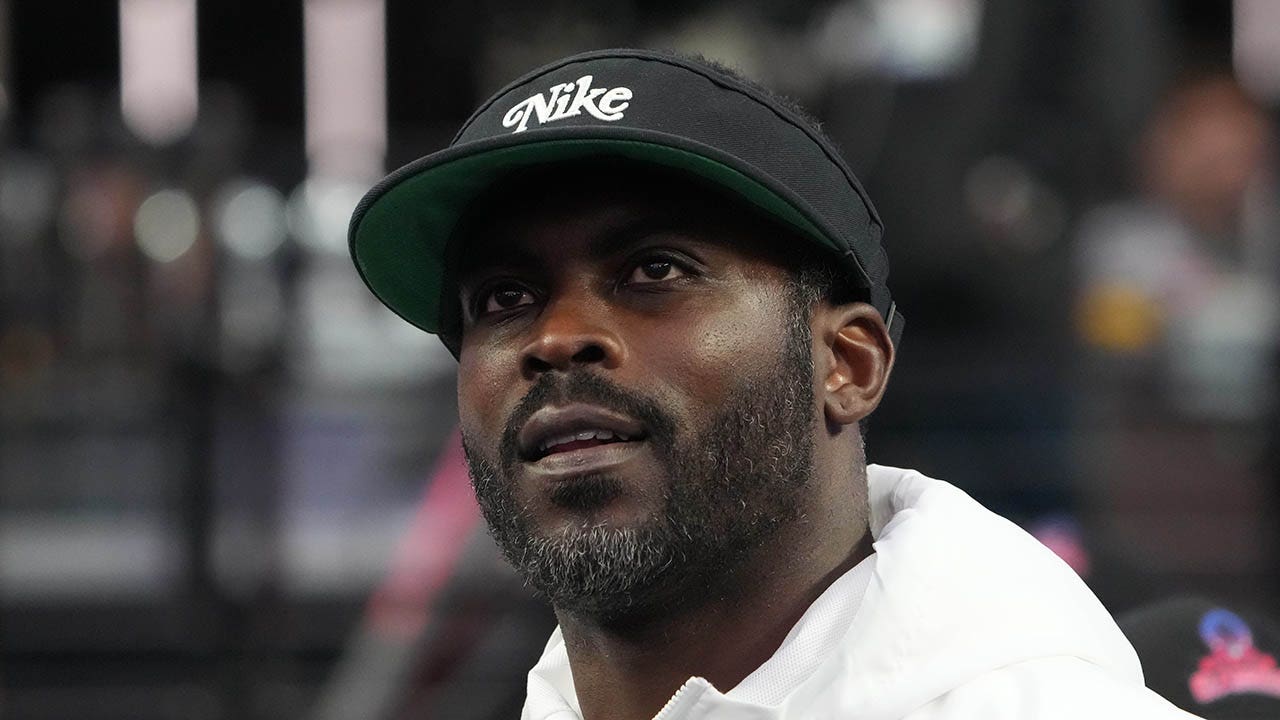I want to read Didion at her most vicious.
The cattiest (and thus maybe the funniest) essay Didion ever wrote was “Pretty Nancy,” a portrait of Nancy Reagan when she was the first lady of California. Didion, part of the fifth generation of a well-off Sacramento family, had absolutely no use for either Reagan from the moment the Gipper stepped into politics. For her, the Reagans became the prevailing metaphor for everything that was wrong with the American political scene, because she believed they thought, acted, campaigned and governed like Hollywood figures. “She has told me that the governor never wore makeup even in motion pictures, and that politics is rougher than the picture business because you do not have the studio to protect you,” Didion writes near the end of the profile, when the tone of irritated disdain is practically dripping off the page.
Despite inflicting a significant sting — Nancy Reagan mentions the essay in her own memoirs — “Pretty Nancy” wasn’t collected in any of Didion’s books until the final one, “Let Me Tell You What I Mean” (2021). It’s a perfect glimpse into a young, irritated writer who knew exactly what she was doing.
Did she ever get swoony?
Words like “unsparing” and “cleareyed” are usually applied to Didion’s cultural analysis, but if you want to see her in full weak-kneed mode, read the essay “John Wayne: A Love Story.” (It’s collected in “Slouching Towards Bethlehem.”) In 1965, she finally landed a pitch she’d been longing for: The Saturday Evening Post commissioned Didion to travel to northern Mexico, where “The Sons of Katie Elder” — a western she’d later brush off in a paragraph-long review in Vogue — was shooting. The star was John Wayne, whom Didion had worshiped since watching him in a converted aircraft hangar on the Army base where her father was stationed during World War II. He became her idea of manhood, safety, strength.
Wayne-like characters pop up across Didion’s fiction, as does her longing for the kind of security this line represented to her. But Wayne as an actual person was important to her, too. When she finally met her hero on set, he was just coming off a lung cancer scare; she mentions his “bad cold and a racking cough, so tired by late afternoon that he kept an oxygen inhalator on the set.” Famously, he’d used his diagnosis, and his tough-guy stature, to encourage people in the smoke-filled era to get screened for the disease.
John Wayne is key to Didion’s story for more than just entertainment reasons. Her political views, until well into adulthood, were sternly conservative, not as right wing as Wayne’s but nearly so — she used to announce at Hollywood dinner parties, seemingly for shock value, that she had voted for Barry Goldwater. She switched affiliations after the California Republican Party embraced Richard Nixon, but as late as the 1990s she was still saying she’d have voted for Goldwater in every election since, had he run.












































